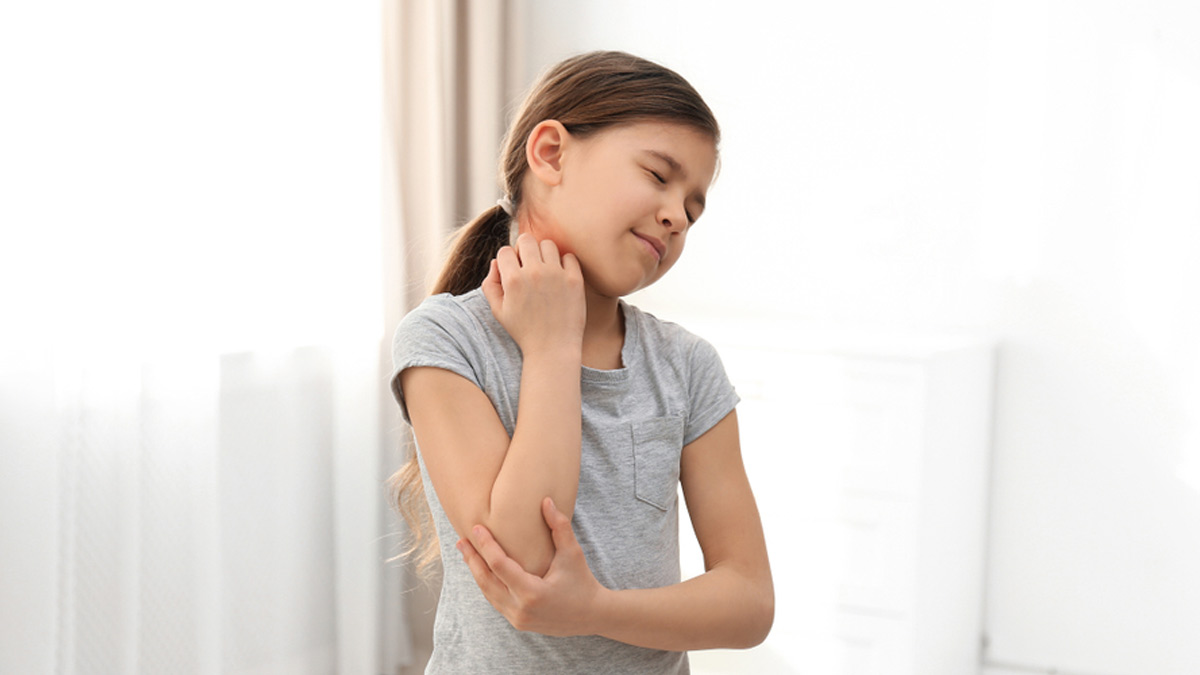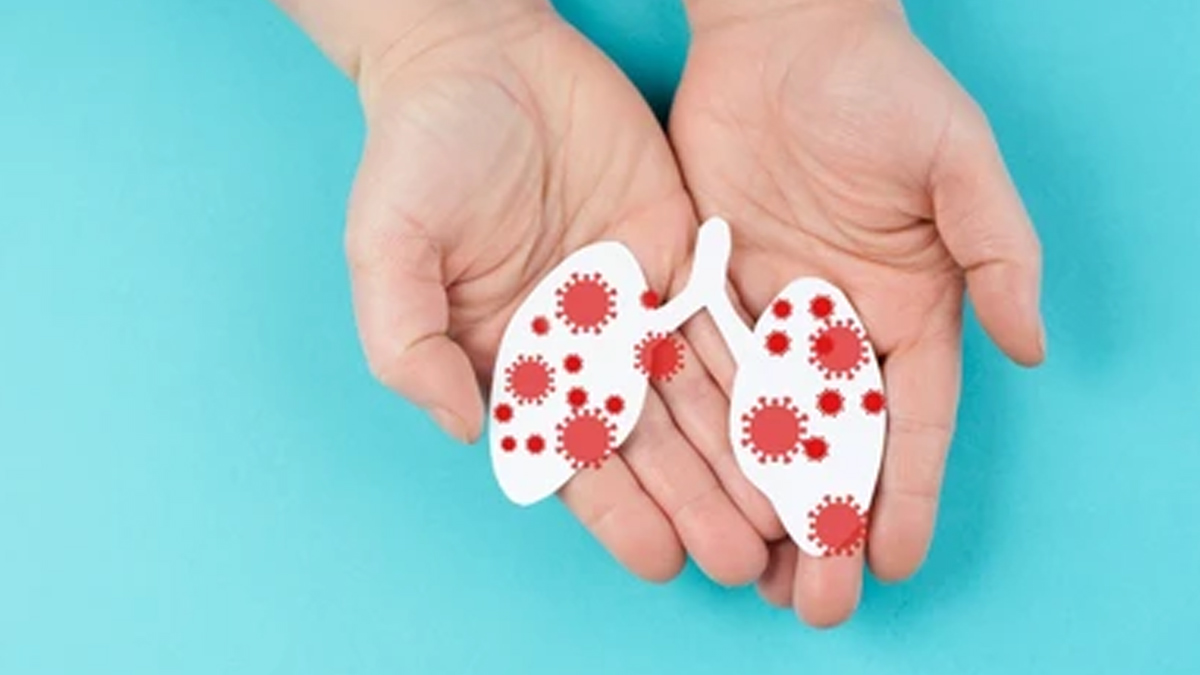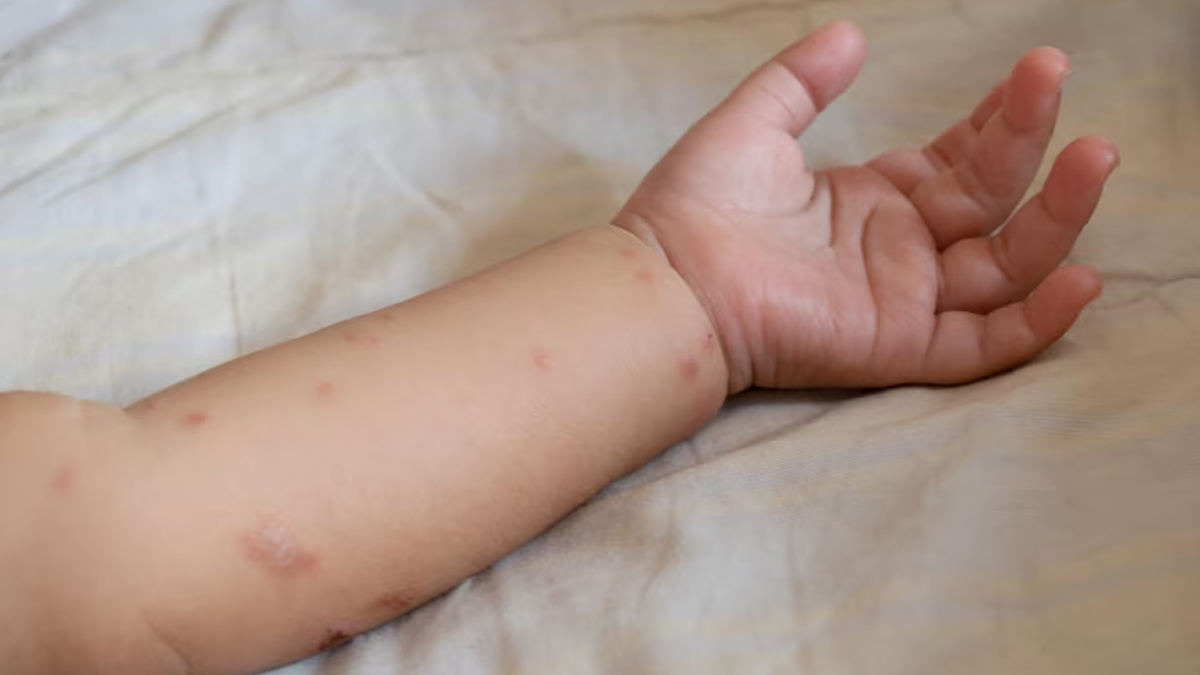
Respiratory infections are highly prevalent among children. On average, kids develop six viral respiratory tract infections each year, according to MSD manuals. These can be divided into two types: upper and lower respiratory tract infections.
Table of Content:-
Upper respiratory tract infections mainly occur in the nose and throat, usually associated with the common cold and flu. On the other hand, lower respiratory tract infections occur in the windpipe, airways, and lungs, which are more common among children and include croup, bronchiolitis, and pneumonia.
Another common lower respiratory tract infection is Respiratory Syncytial Virus (RSV), which is a leading cause of hospitalisation in infants and children globally, as per a study published in the journal Vaccine. In this article, we not only discuss what the condition is but also delve into its common and unusual symptoms, particularly rashes.
Also Read: COVID-19 Vs Respiratory Syncytial Virus Vs Influenza: Identify The Differences
What Is RSV?

The US Centers for Disease Control and Prevention (CDC) describe RSV as a common respiratory virus that mostly causes mild, cold-like symptoms.
While the condition can affect anyone, infants and older adults are most at risk of developing the RSV, according to Dr Shivhar Sonawane, Consultant Paediatrician, Jupiter Hospital, Pune.
The majority of babies aged two years old have had at least one infection, Dr Sonawane tells the OnlyMyHealth team.
He adds that there is a greater susceptibility to more severe sickness in babies born preterm or with disorders of the heart, lungs, or immune system.
Symptoms Of RSV
Some of the common symptoms of RSV include:
- Runny nose
- Fever
- Coughing
- Shortness of breath
- Difficulty eating, drinking, or swallowing
- Wheezing and flare-ups in the nostrils
- Chest pain
- Stomach pain during breathing, breathing more quickly than usual, or trouble breathing
- Turning blue around the lips and fingertips
In severe cases, RSV may also cause pneumonia, an infection that leads to inflammation of the air sacs in one or both lungs.
Is Rash A Sign Of RSV?![]()
RSV is a respiratory virus that primarily causes respiratory symptoms.
However, in rare cases, it may lead to skin problems such as rashes.
Dr Sonawane says, “A viral exanthem is the term used to describe a broad skin rash that results from a virus. Children are more likely to suffer from RSV rashes than adults.”
He describes these rashes as small and irritating, characterised by bumps, patches, or blotches that frequently have the appearance of a viral rash.
According to the doctor, RSV rashes normally last for around five days and are centred mostly on the trunk of the body, with less of an eruption on the arms and legs.
Treatment Options

When it comes to treating RSV in children, there are a few measures that can be taken. These include managing fever and pain with over-the-counter fever reducers and pain relievers, giving them plenty of fluids to keep them hydrated, and consulting a medical professional if the symptoms are severe.
Dr Sonawne says, "An intravenous (IV) line may be used to provide fluids and electrolytes to a kid with RSV if necessary. Moreover, additional oxygen can also be administered via an oxygen tent, nasal prongs, or a mask."
He adds that a small tube can be inserted into the lungs to suction out excess mucus, and one may also use bronchodilator medications to clear the airways.
In the most extreme cases, a child might need to be placed on a ventilator to assist them with breathing along with antiviral medications, the doctor concludes.
Also watch this video
How we keep this article up to date:
We work with experts and keep a close eye on the latest in health and wellness. Whenever there is a new research or helpful information, we update our articles with accurate and useful advice.
Current Version
